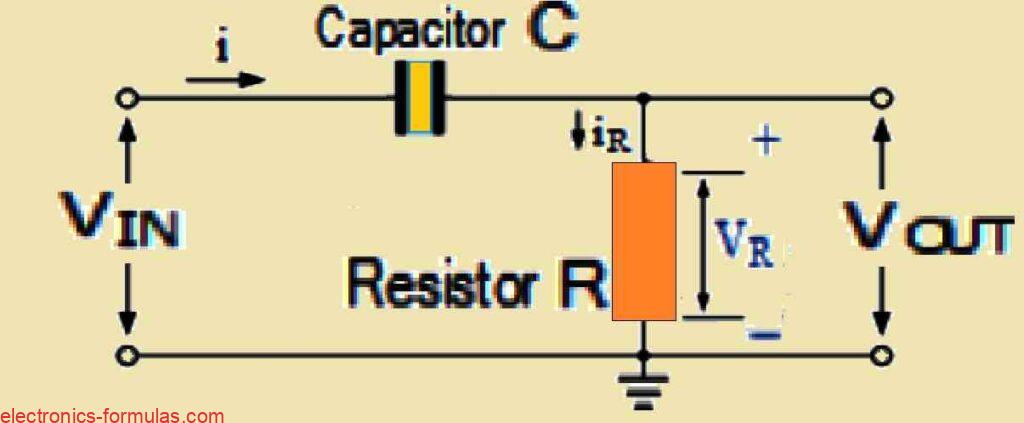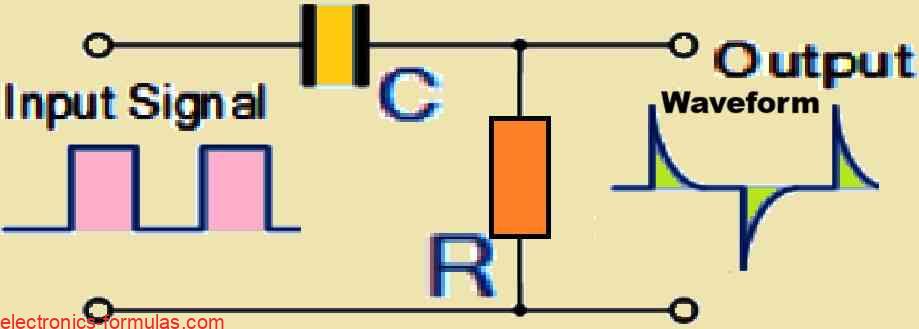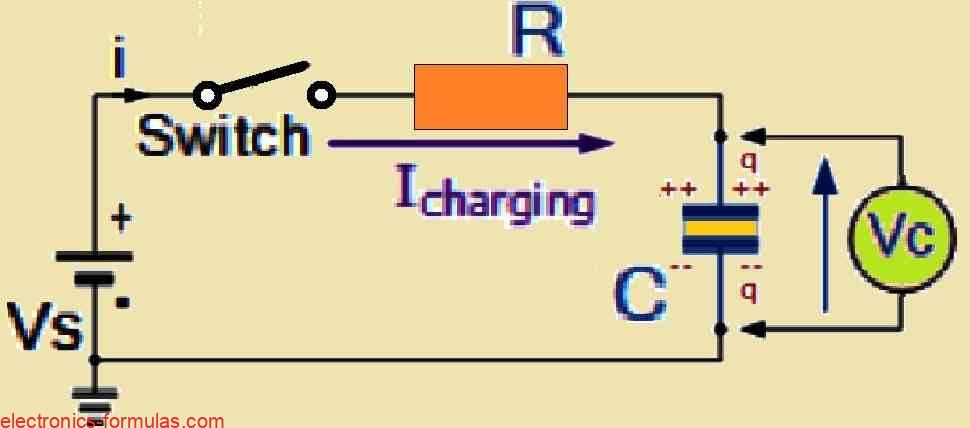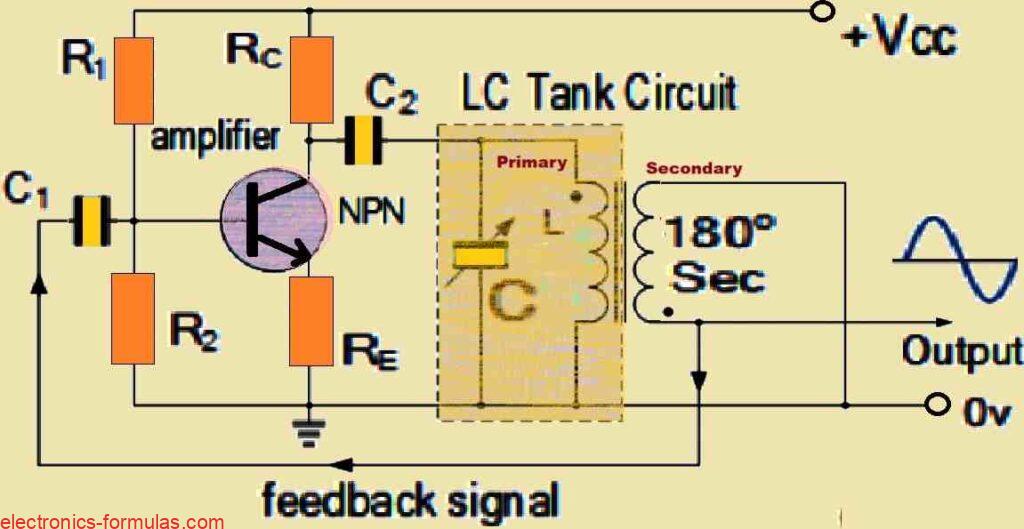The passive RC differentiator is just a simple RC circuit where the resistor and capacitor are hooked up in series. What this does is give you an output signal that works like the mathematical process of differentiation. Basically, here the output shows how fast the input signal is changing at any given instant. In a […]
Analyzing Waveforms Generated by RC Circuits
RC circuits have the ability to create various output shapes or waveforms, depending on the type and frequency (or period) of the signal applied to the input terminals. It is similar to how the circuit “reacts” differently based on what is provided to it. In earlier lessons on RC Charging and Discharging we learned that […]
What’s RC Discharging Circuit: How to Calculate
RC discharging circuits use what is called the RC time constant which is an inherent property exhibited by an resistor-capacitor combination. This time constant determines how fast the capacitor discharges and it does so in an exponential way, meaning the voltage does not just drop steadily; it decreases more and more quickly as time gradually […]
RC Time Constant Circuit Explained with Calculations
When we talk about charging a capacitor it is not something that can happen instantly. This is because capacitors have specific current-voltage i-v characteristics that shift depending on time. If you connect a resistor R and a capacitor C together into a circuit, you will get what is called an RC charging circuit. This setup […]
Analyzing Armstrong Oscillator Circuit with Formulas
In this post I will explain the Armstrong Oscillator which is yet another type of an LC oscillator circuit. What makes this so special is that it uses a parallel resonator circuit to store energy and then switches that energy between its two primary elements, the inductor (L) and the capacitor (C). The back-and-forth exchange of energy […]
Twin-T Oscillator Circuit: From Calculations to Practical Applications
I have personally used the Twin-T RC oscillators a lot and I find it very interesting, mainly because it is designed to generate a sinewave output. It is ideal for fixed-frequency applications much like the Wien-bridge oscillator. The name “Twin-T” oscillator comes from the fact that it employs two “Tee”-shaped RC networks in the feedback […]





